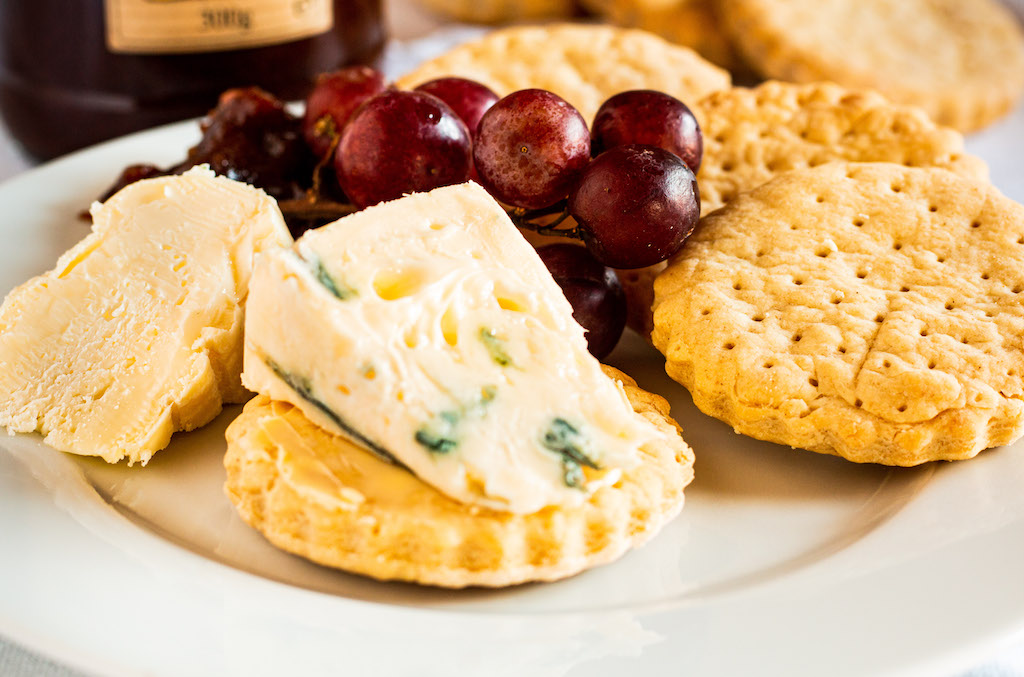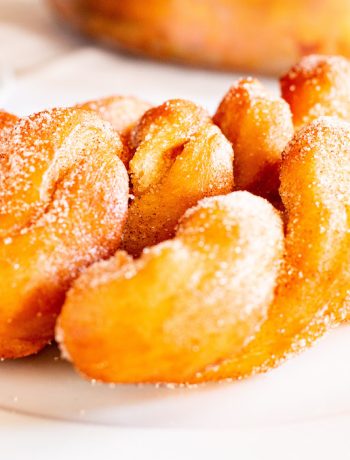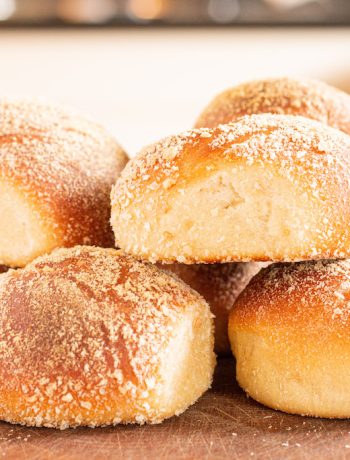Dr William Oliver of Bath had an interesting medical career. He graduated as an MD in Cambridge in 1725 before heading off the Leide3rn in The Netherlands to complete his training, He returned to England, and practised in Plymouth for a while, where he initiated the local smallpox vaccination programme. Later, he moved to the historic spa town of Bath, where he became involved in the treatment of patients with rheumatism.
While in Bath, Dr Oliver invented the Bath bun, which is a confection of yeast-risen milk dough, sprinkled over with sugar. The tasty buns proved too much for the rheumy patients so Dr Oliver invented a flatter, less-rich, biscuit version and named it ‘Bath Oliver.’ Upon his demise, Dr Oliver bequeathed the recipe for the biscuits along with a few sacks of flour to his coachman, Mr Atkins. Atkins saw an opportunity, opened a bakery and made a fortune.

The Bath Oliver has appeared in countless stories and period dramas. Perhaps most famously, poet Ezra Pound speaks in Hugh Kenner’s The Pound Era thusly:
“Men have witnessed the dinner ceremony on flagships, where the steward still called it ‘claret’ and a Bath Oliver appeared with the cheese.”
During World War 2, Royal archivists hid the most valuable parts of the British Crown Jewels in a Bath Oliver tin in a vault deep below Windsor Castle.
One might think that a biscuit as storied and popular as the Bath Oliver would continue to be made until we started counting time in Stardates, but we would be wrong. In October 2020, United Biscuits, who had eventually acquired the rights to make Bath Olivers, folded to the pressures of the COVID-19 pandemic and halted production. A brief production run was executed in December 2020, but as of the beginning of January 2021, commercially produced Bath Olivers were completely unobtainable.
You would be forgiven for thinking this was the end of the story, but it was not. Unbelievably, Pinoccio-thin posh boy Jacob Rees-Mogg led a campaign for the return of Bath Olivers, and by mid January the bakery conveyers were running again, and Bath Olivers were falling into tins for UK-wide distribution. Supply to the EU would depend on whether anyone had the foresight to fill out the byzantine paperwork.
Thankfully (and slightly unbelievably) there is a Bath Oliver Preservation Society. Dedicated to the continued survival of the famous biscuit, they have offered two recipes to assist those needing a Bath Oliver fix during the current withdrawal. The recipe given here is the Lizzie Collingham version first related via William Sitwell in The Telegraph.
Bath Olivers
Ingredients
- Half tsp dried yeast
- 100ml lukewarm milk (have a little more hand in case)
- Half tsp sugar
- 100g butter
- 400g plain flour
- Half tsp salt
Instructions
Dissolve the sugar in the milk and add the yeast. Mix and allow to froth a bit.
Rub the butter into the flour (or use a food processor). Add the salt. Make a well in the middle, pour in the milky yeast mixture, and to a dough and knead lightly (you can use a dough hook on a stand mixer for this).
Allow the dough to rise a little for 90 minutes.
Knead again until the dough is smooth, before leaving to rest again for 30 minutes.
Roll out to a thickness of a pound coin and cut into rounds. Place on a lightly greased baking tray and dock them all over (prick with a fork).
Allow to rest for a final 30 minutes. Preheat the oven to 190˚C (fan oven 180˚C) and bake for 15 minutes, or until lightly golden and crisp. Cool on a wire rack. Serve with cheese.




 (5 votes, average: 3.80 out of 5)
(5 votes, average: 3.80 out of 5)


11 Comments
Karl Stolpstedt
10/04/2021 at 3:00 pm“Not a crumb shall touch our mouths until we see our anointed biscuit returned.”
That’s very Wallace & Gromit. And unmistakably British.
My perpetual thanks for this fine and stylish site – always worth reading and cooking from.
Nigel Eastmond
23/04/2021 at 8:41 amThanks, Karl.
Nicola Percy
13/11/2021 at 7:40 pmHello I am making your Bath Oliver recipe, thanks for the history and recipe. Although I could not find the detail of when the yeast goes in within the method. Fingers crossed I threw it in at the right moment.
Nigel Eastmond
14/11/2021 at 8:35 pmThanks. I fixed that. It goes in right at the start.
Paul Westlake
20/12/2021 at 3:40 pmThis works, though I had to add two extra slooshes of milk to make the dough come together, so when I add this to my recipe book, I shall add possibly up to 150ml milk, but will try 125 ml first. The biscuits look good, and I am pleased with my effort. Thank you for taking the time to put this very necessary recipe up.
Chris Fowler
20/09/2022 at 2:57 pmHi, l’ve heard that the Queen used to enjoy chocolate Oliver biscuits with her first cuppa of the day. How might it be possible to adapt this recipe to add chocolate, please.
Nigel Eastmond
20/09/2022 at 3:16 pmThat is a great idea. They look a lot more complicated though. I’ll take a look.
Michelle
15/10/2022 at 2:28 pmLovely! Please advise the type of dried yeast (I have fast action) so that I can ensure the correct quantity. Thank you!
Nigel Eastmond
15/10/2022 at 8:20 pmHi Michelle. Your Allisons fast yeast will be fine. This spends so little time in the oven that the actual yeast profile does not matter that much. Enjoy your biscuits.
JAMES MEACHAM
29/01/2023 at 2:32 pmIf the present owners of the licence for these biscuits do not wish to continue making them the licence should be revoked, this should also apply to any other food product which the present producer and licensee wishes to discontinue. This would also put a stop to companies buying a company/product to remove the competition!
Dave Johns
28/09/2023 at 12:29 amWhere are the hops on the recipe?
That’s the only reason they were so popular.